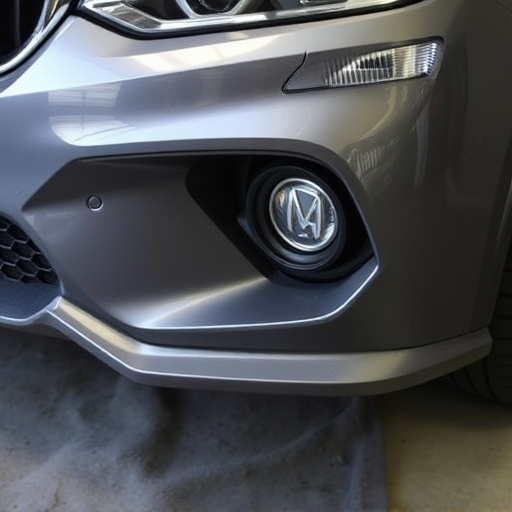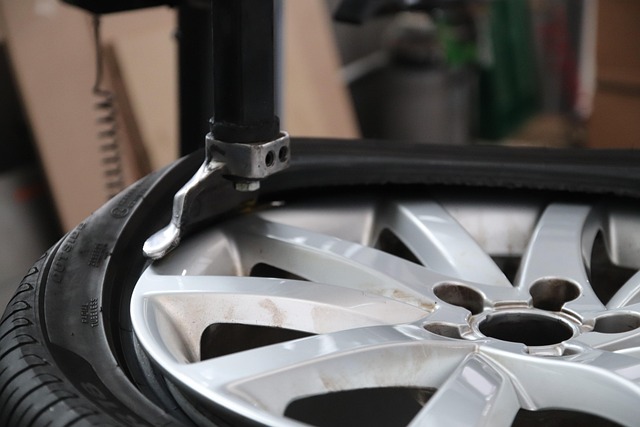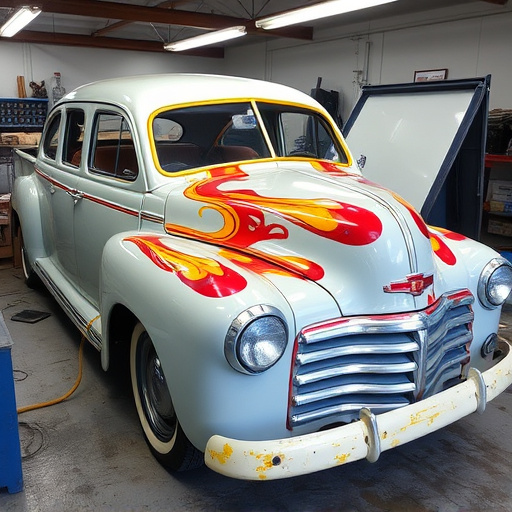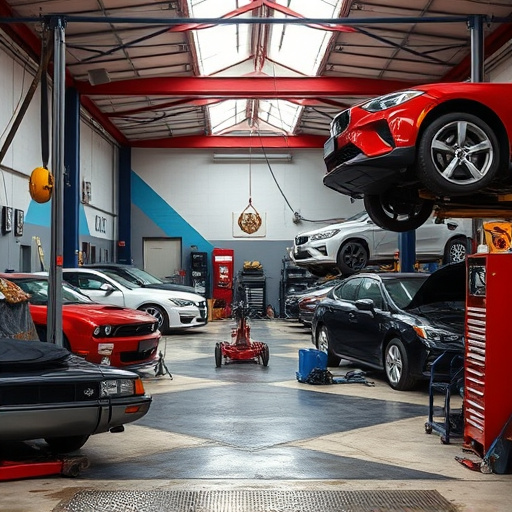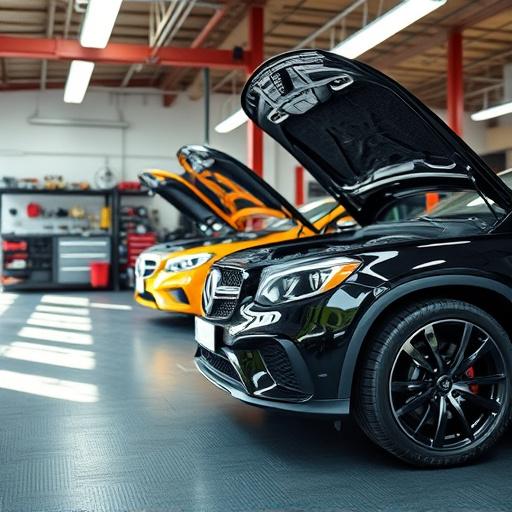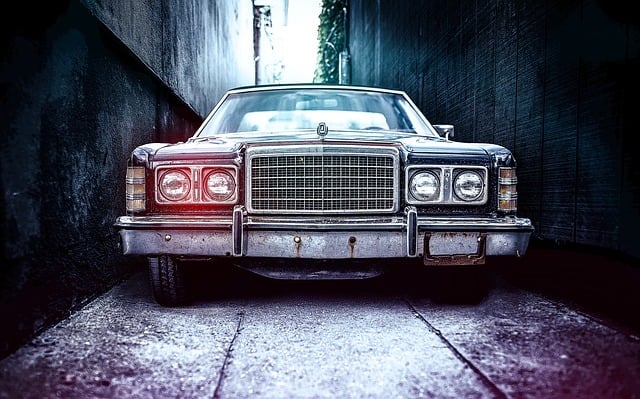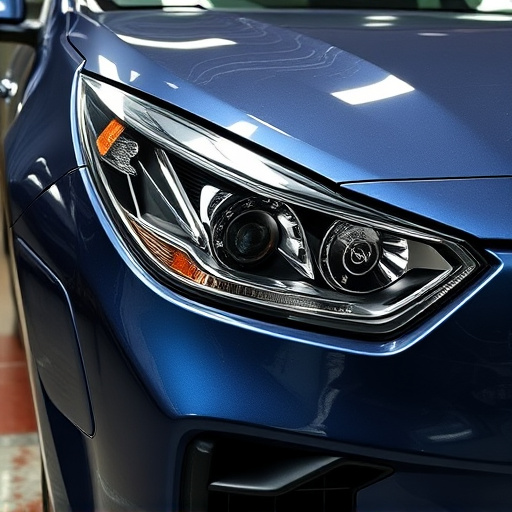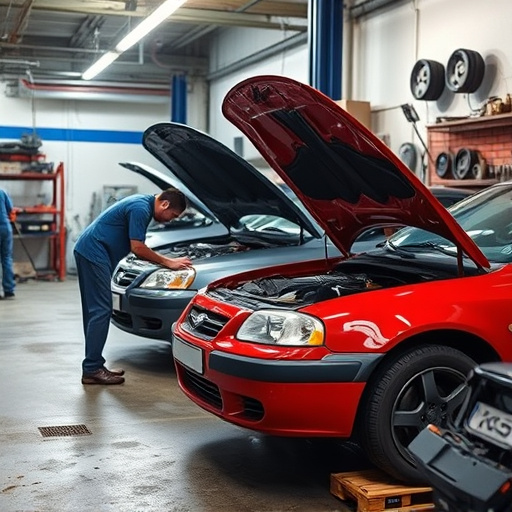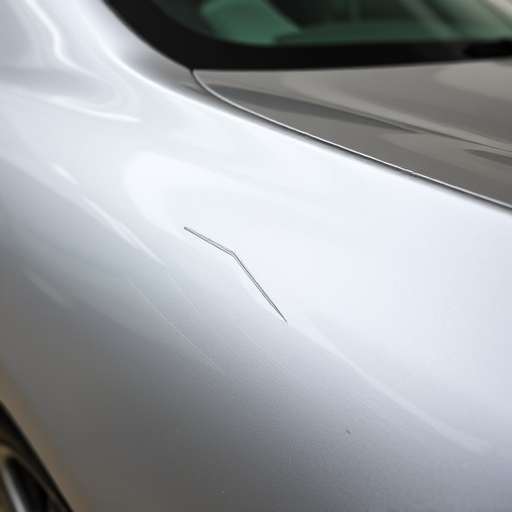Windshield calibration is essential for modern vehicles' Advanced Driver-Assistance Systems (ADAS), ensuring safety features like adaptive cruise control and automatic emergency braking work accurately. Before calibration, gather tools, inspect the windshield for damage, and ensure external components function correctly. The process involves washing, using a calibrated laser pointer and measurement tape to adjust the windshield's ECU, and checking infotainment and safety systems' performance after adjustments.
Discover how to master the art of windshield calibration on modern vehicles. This essential process ensures your car’s infotainment system displays accurate data, enhancing safety and driving experience. In this comprehensive guide, we’ll walk you through the steps, from understanding the basics to gathering the right tools. Learn how to prepare your vehicle and execute the calibration process with precision. Get ready to optimize your drive!
- Understand Windshield Calibration Basics
- Gather Tools and Prepare Your Vehicle
- Perform Step-by-Step Calibration Process
Understand Windshield Calibration Basics
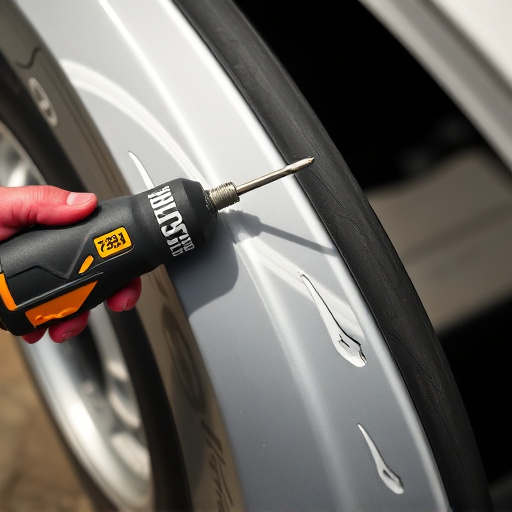
Windshield calibration is a critical process for modern vehicles, ensuring that your car’s advanced driver-assistance systems (ADAS) function optimally. It involves adjusting and fine-tuning sensors and cameras located behind the windshield to accurately detect objects, lane markings, and other vehicles on the road. This is particularly important for safety features like adaptive cruise control, lane keeping assist, and automatic emergency braking.
In the realm of luxury vehicle repair, automotive repair technicians use specialized tools to perform these calibrations with precision. The process often requires replacing or recalibrating components such as radar sensors, cameras, and software modules. Proper windshield calibration not only enhances safety but also improves the overall driving experience by ensuring that your car’s advanced systems operate seamlessly and accurately, making every journey more secure and efficient.
Gather Tools and Prepare Your Vehicle
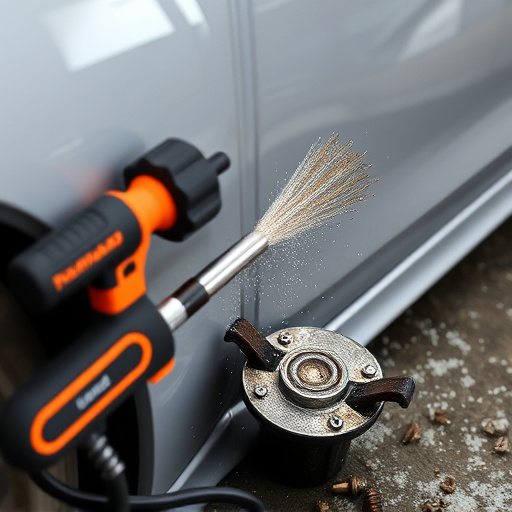
Before you begin windshield calibration, ensure you have all the necessary tools at hand. This process typically requires a specialized tool for measuring and adjusting the alignment, such as a wind shield calibrator or aligner. You may also need safety goggles, gloves, and a cloth to keep your work area clean. Park your vehicle on a level surface and engage the parking brake to secure it safely during the calibration process.
In addition, check that all external components like wipers, mirrors, and lights are functioning correctly, as they can interfere with accurate measurements if not properly adjusted. Inspect the windshield for any cracks or chips, as these imperfections could affect the final calibration results. If necessary, get professional car bodywork services to repair any damage before proceeding with the calibration process.
Perform Step-by-Step Calibration Process
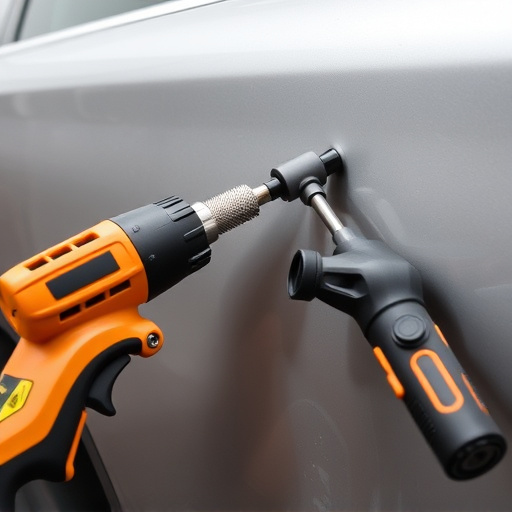
Performing a windshield calibration on modern vehicles involves a meticulous step-by-step process that ensures optimal display performance and driver safety. Begin by washing and inspecting the windshield for any defects or debris, ensuring it’s free from scratches and contaminants. Next, gather the necessary tools including a calibrated laser pointer or projector, a measurement tape, and a reference chart specific to your vehicle model. Position the laser device at various points on the windshield to project precise grid patterns or crosses, which will serve as reference marks for calibration.
Using the measurement tape, take accurate measurements from these projected references to key points on the vehicle’s body, such as the A-pillars and door frames. Compare these measurements against the reference chart to identify any adjustments required for the windshield’s electronic control unit (ECU). Once all necessary data is collected, input the adjustment values into the ECU, ensuring each parameter aligns with manufacturer specifications. This meticulous process, often requiring expertise in mercedes benz repair or vehicle bodywork, guarantees that your car’s infotainment and safety systems function flawlessly, enhancing both driving experience and driver confidence after a car collision repair.
Windshield calibration is a crucial process for ensuring modern vehicles’ advanced driver-assistance systems (ADAS) function optimally. By understanding the basics, gathering the right tools, and following a systematic approach, you can perform accurate windshield calibrations. This ensures that your vehicle’s sensors provide reliable data, enhancing safety features like lane departure warning and adaptive cruise control. Regular calibration maintenance is key to keeping your vehicle’s technology up-to-date and performing at its best.
